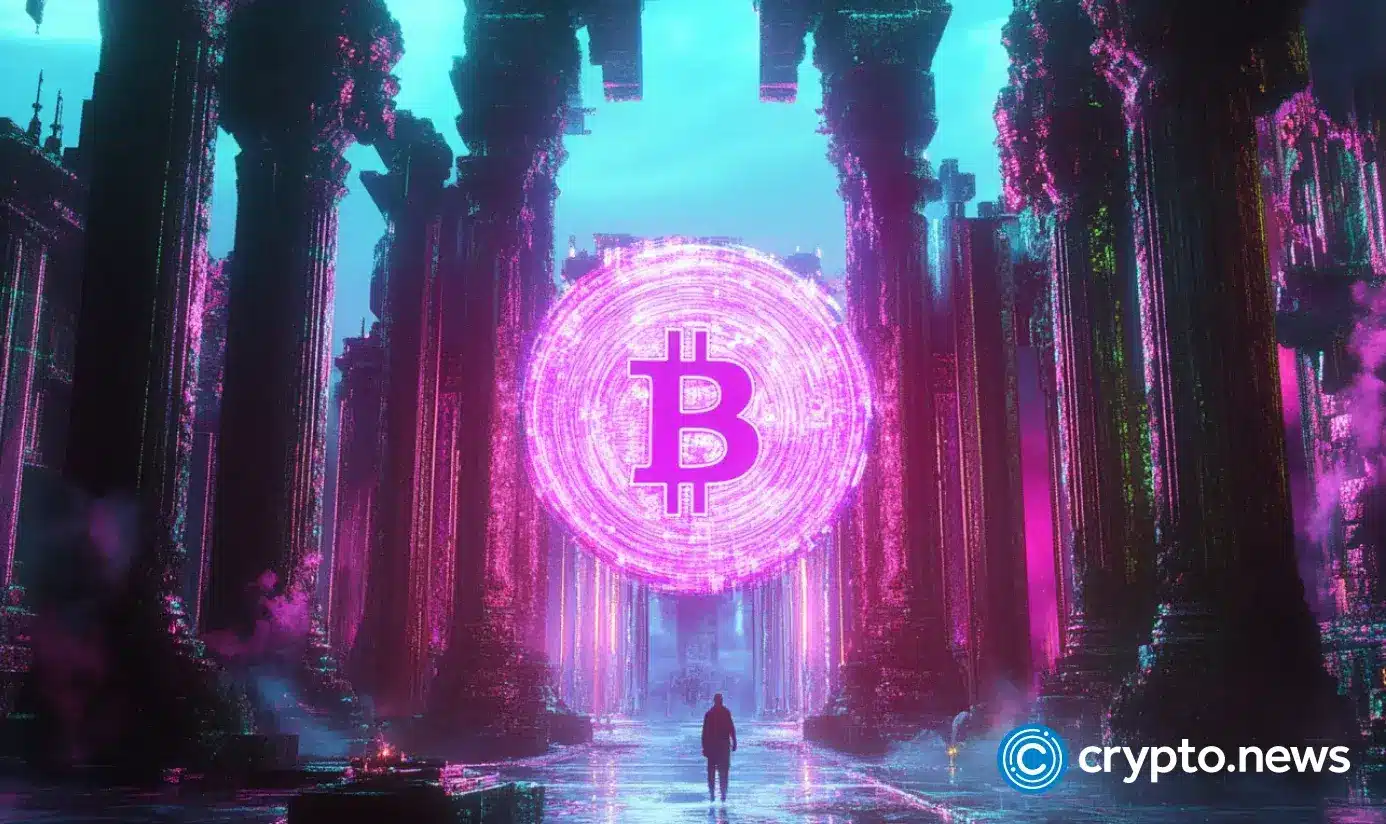As we approach Thanksgiving in the United States, it’s worth revisiting the true history behind the holiday—not just the sanitized version of Pilgrims and Wampanoag people sharing a feast, but the deeper story of survival, failure, and eventual prosperity. The lessons from that first Thanksgiving aren’t just about gratitude; they’re about the consequences of economic systems, the necessity of free markets, and how ideologies can lead to ruin if they aren’t rooted in reality. These lessons have striking parallels to the current state of Bitcoin, particularly the challenges facing BTC and its unsustainable economic model despite the ever-increasing enthusiasm for the price of the asset.
The first Thanksgiving: A lesson in economic realism
In 1620, the Pilgrims arrived at Plymouth Rock, seeking religious freedom amid a schism in the Church of England, and they wanted to establish a new life in the New World. Many people forget that their initial governance system was a sort of corporatist communism—two concepts that seem at odds, but require a bit of context.
The Pilgrims had made a deal with English investors to fund the establishment of a base of operations in the New World, so in practice, the Pilgrim’s lives were collectivist, but it was because they arrived as contractors with a specific purpose in mind. There are parallels to the citizens of the Soviet Union being communist in their own lives while the party members of the USSR were selling the resources and labor of those people directly to companies like Standard Oil.
Woof…
In Plymouth, land, crops, and labor were held in common, and the colony distributed resources equally among its members. To the Puritans, this began as a noble, even virtuous, venture, but the reality was devastating. The incentive structure discouraged productivity, and the colony teetered on the edge of starvation.
Governor William Bradford, recognizing the systemic failure, made a radical change. He assigned plots of land to individual families and allowed them to keep the fruits of their labor. This shift to a free-market system revitalized the colony. Productivity soared, food shortages ended, and the Pilgrims were able not only to survive but thrive. The first Thanksgiving was a celebration of abundance, made possible by embracing the principles of individual responsibility and market-driven incentives.
However, another factor that played a key role in the Pilgrims’ survival was pre-existing transatlantic connections. Figures like Squanto, a member of the Patuxet tribe who had been to England and spoke English, acted as bridges between the colonists and the Native Americans who were in the middle of a regional upheaval in their confederacies at the time. These relationships enabled trade, cultural exchange, and mutual survival. The American colonies thrived because of a combination of free-market principles, necessity, and cooperation—principles that apply just as much to modern economies as they did to Plymouth in 1621.
Bitcoin’s parallel struggle: The failure of ideological economics
The story of the Pilgrims offers a stark warning for Bitcoin‘s future. BTC, the dominant blockchain by market capitalization, operates on an ideological foundation that mirrors the flawed collectivist experiment of Plymouth’s early days. By keeping the block size arbitrarily small for the benefit of certain classes of Bitcoiners, BTC’s developers have deliberately limited its capacity, prioritizing scarcity and hoarding over utility and commerce. In the short term, this subsidized the fiat value of block production and created capital for investment. However, this decision also created an economic system in which BTC can only function as a speculative asset, not as the peer-to-peer electronic cash Satoshi Nakamoto envisioned.
Similarly to the Plymouth colony, BTC is being raided to accumulate fiat wealth for those not truly doing any valuable work, and at some point, incentives will start to matter.
BTC’s proponents argue that its small blocks create “digital gold,” but this scarcity is artificial, engineered to drive up prices rather than support real-world utility. This model survives not because it works, but because external markets—driven by fiat money policies and speculative mania—have decided to hoard BTC. However, no market has decided to use BTC for its intended purpose: frictionless commerce.
This is a critical distinction. Hoarding is not a sustainable economic strategy, creating a death spiral of broken incentives. BTC miners are incentivized only to secure a network that isn’t being used, while users are incentivized to sit on their holdings, hoping for price appreciation. The result is a stagnant system that cannot adapt to real-world needs, much like the Pilgrims’ failed communal experiment.
The inevitable death spiral
The economic flaws of BTC’s model are masked by external factors, but they won’t hold forever. If a true crisis—a metaphorical harsh winter—were to hit, BTC’s engineered scarcity and lack of utility would be exposed. The network’s congestion issues, which already manifest during bull markets, would cripple its ability to handle even moderate levels of demand. Transactions would grind to a halt, fees would skyrocket, and the very users who have hoarded BTC would find it unusable in their time of need.
The problem is systemic. BTC’s small-block policy ensures that it can never handle more than a fraction of the world’s commerce, and its reliance on external markets for valuation makes it vulnerable to macroeconomic shifts. If Bitcoin is not being used for commerce, it cannot create the economic velocity needed to sustain its ecosystem. Without real utility, BTC becomes a house of cards—propped up by speculative interest but devoid of substance.
The path forward: Free market economics on the blockchain
Bitcoin was designed to solve these problems. It combines the sound money properties of gold, the accounting style of cash, and the reduced friction of a digital payment system. But for Bitcoin to fulfill its potential, it must be used, not hoarded. Economic activity—commerce, not speculation—is what drives real growth.
This is why free-market principles must govern Bitcoin at the network level—not just across bucket shop exchanges. Arbitrary restrictions like BTC’s small-block policy stifle innovation and limit the system’s ability to serve the world’s needs.
In contrast, BSV embraces Bitcoin’s original design, with unbounded scalability and a focus on real-world utility. By enabling billions of transactions at low cost, BSV can create an ecosystem where economic activity can flourish, supporting miners, developers, and users alike.
The lesson from Plymouth is clear: survival depends on setting aside ideology in favor of practical solutions. The Pilgrims abandoned their collectivist experiment because it didn’t work, and they thrived when they adopted free-market principles. Bitcoin must follow a similar path.
Gratitude and the road ahead
As we enter the holiday season, it’s a time for reflection and gratitude. The story of Thanksgiving reminds us of the resilience and ingenuity required to overcome challenges, and those lessons are just as relevant today. Whether in business, blockchain, or life, success comes from embracing principles that work—not clinging to ideologies that don’t.
To those who continue to build, innovate, and push for a better future for Bitcoin and blockchain technology, I say thank you. Your efforts are what keep this vision alive. And to those who see the cracks in BTC’s foundation, I encourage you to look toward solutions prioritizing utility, scalability, and sound economics.
Bitcoin’s future doesn’t have to be a harsh winter. It can be a season of growth and abundance—but only if we learn from history and embrace the principles that have always led to prosperity. Let’s make sure this Thanksgiving marks not just a time of gratitude, but a commitment to building a better, freer, and more prosperous future for all.
Watch: Bringing the Metanet to life with Teranode

















 English (US) ·
English (US) ·